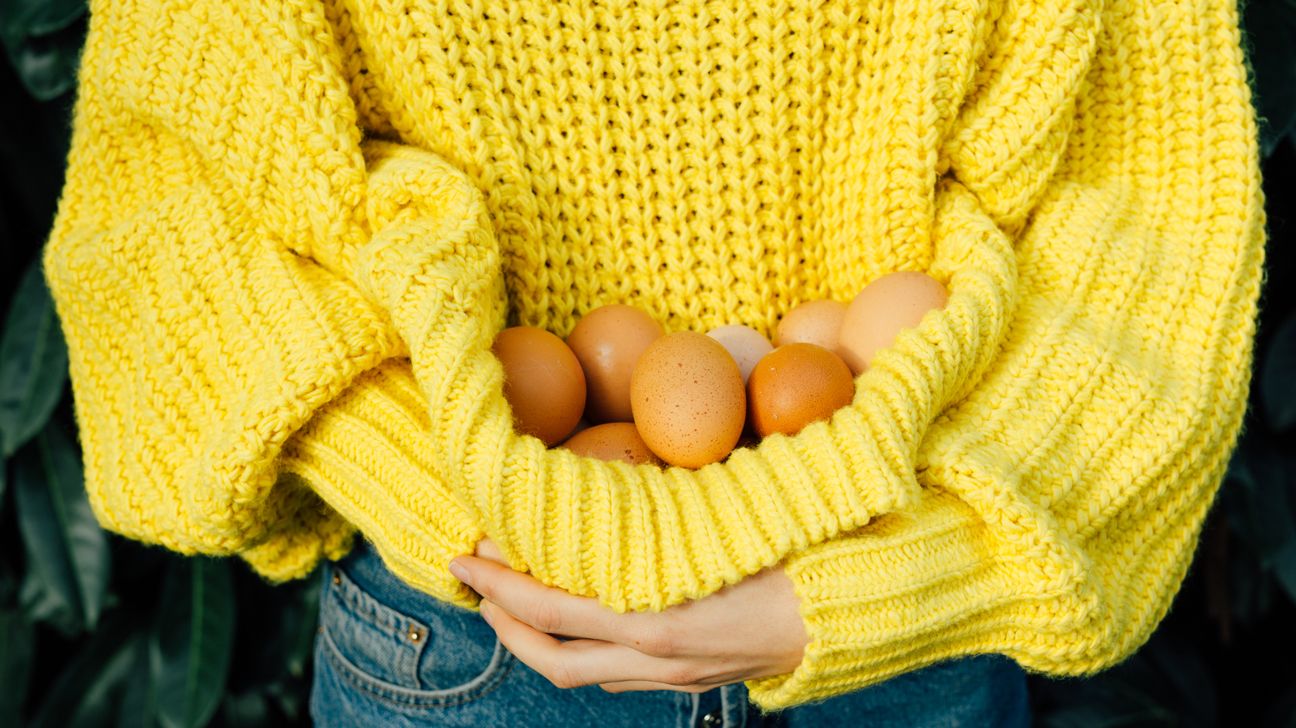We include products we think are useful for our readers. If you buy through links on this page, we may earn a small commission. Here’s our process.
Greatist only shows you brands and products that we stand behind.
Our team thoroughly researches and evaluates the recommendations we make on our site. To establish that the product manufacturers addressed safety and efficacy standards, we:- Evaluate ingredients and composition: Do they have the potential to cause harm?
- Fact-check all health claims: Do they align with the current body of scientific evidence?
- Assess the brand: Does it operate with integrity and adhere to industry best practices?
So you’ve recently taken up gardening, and why wouldn’t you?
First, there’s the fresh air and physical exercise. Horticulture can be a form of therapy, which is particularly welcome these days. And gardening is loaded with biology lessons for those squirrelly young ‘uns (aka your kids).
Then, of course, there’s the biggest bonus of all: You get to eat the fruits and veggies of your labor.
As you tend your patch of earth, you can create a lovely circle of life (or circle of food) by using eggshells and coffee grounds as compost.
Here’s everything you need to know about this easy, natural compost option.
If you want your plants to reach their full potential, simply placing seeds into the earth just won’t cut it. “Soil itself doesn’t really help plant growth enough,” says Yasmeen Qursha, Unit Director of the Campus Center for Health and the Environment at the University of California, Davis. “It does need other supplemental sources of nutrients.”
Enter coffee grounds and eggshells. While we may consider them to be trash, they provide a healthy snack for plants, offering a one-two punch of nitrogen and calcium.
According to Los Angeles-based collective LA Compost, these nutrients support healthy plant growth in almost any soil bed.
If you’ve purchased fertilizer, you’re probably familiar with the NPK information listed on the package label. Plants thrive when their earthy environs are given occasional boosts of nitrogen (N), phosphorus (P), and potassium (K).
Many popular all-purpose fertilizers tend to have a higher ratio of nitrogen because its presence promotes lush, leafy vegetative growth.
Here’s where nitrogen-rich coffee grounds come into play — but only after they’ve created your morning cup.
“Brewing the coffee will bring out more nitrogen simply by boiling,” says Qursha. Additionally, brewing neutralizes the coffee grounds, stripping them of potentially adverse acidic qualities which may harm your plants.
As for eggshells, LA Compost praises their contribution of calcium, another common ingredient in fertilizer. The added boost is particularly useful for growing plants like tomatoes and peppers, which may suffer from calcium deficiency. When calcium is lacking, it can slow growth and create weak stems and yellow leaves.
The duo of used coffee grounds and eggshells are also helpful as mulch, a layer of material applied to the surface of soil to improve its health.
According to LA Compost, “Mulch essentially covers and protects the soil from being completely exposed to the sun while retaining water for the roots of plants.” Over time, it will also begin to break down, which feeds the beneficial soil microbes below it.
When looking for a vessel to store your eggshells and coffee grounds, you’ll want something that’s transparent, has a wide mouth to reduce mess, ample space, and a sturdy lid (An empty pickle or pasta sauce jar are perfect candidates, as are ever-versatile mason jars).
Rinse your eggshells immediately after cracking and shake them dry. Crush the shells as much as you can with your hands, seal the container shut, and let its contents dry out in a well-lit space. Think: a sunny window or a more discreet location outdoors.
When you brew a cup of java, let the grounds dry out in a small bowl for a few hours, and store them in a separate lidded container.
Depending on the size of your garden, compile enough of each component to contribute a moderate amount to each hungry plant. Combine the two together, crush the eggshells by hand even more (which should be easier now that they’re fully dry), and sprinkle the mixture across the soil bed.
The University of Arizona’s cooperative extension recommends not using more than a half-inch layer, then covering the whole thing with a thicker layer of organic mulch like wood chips.
Repeat the process every several months or at the start of a fresh growing season. The important thing is to not overdo it. Too much fertilizer can overwhelm and distress the plants.
Isn’t it nice to know your breakfast leftovers can take on new life as food for your garden? Saving up eggshells and used coffee grounds is a simple, inexpensive way to add nutrients to hungry soil, helping your plant babies thrive.

